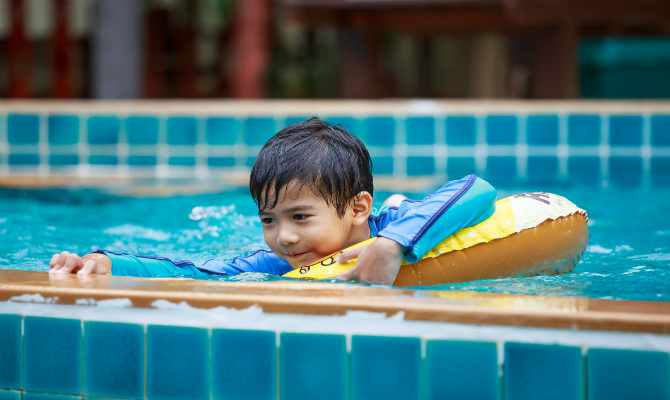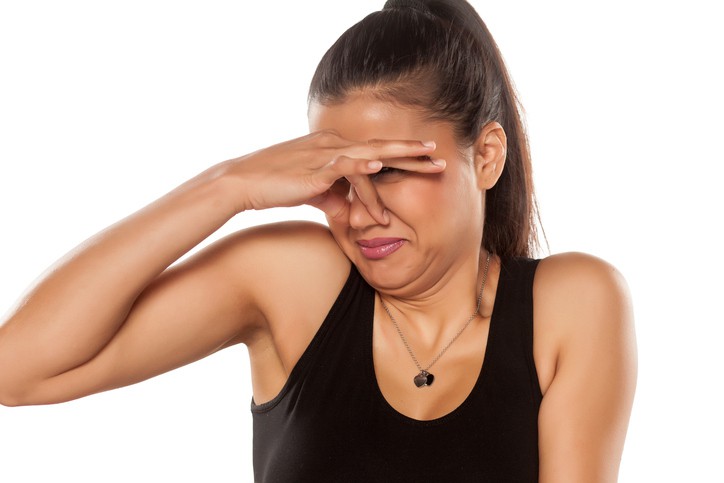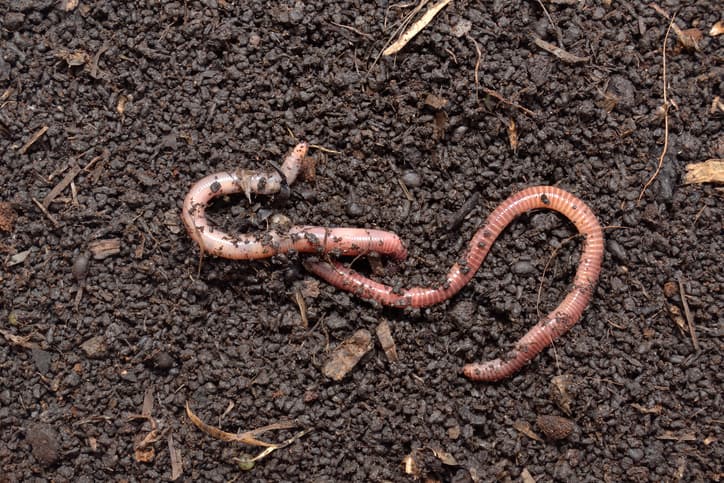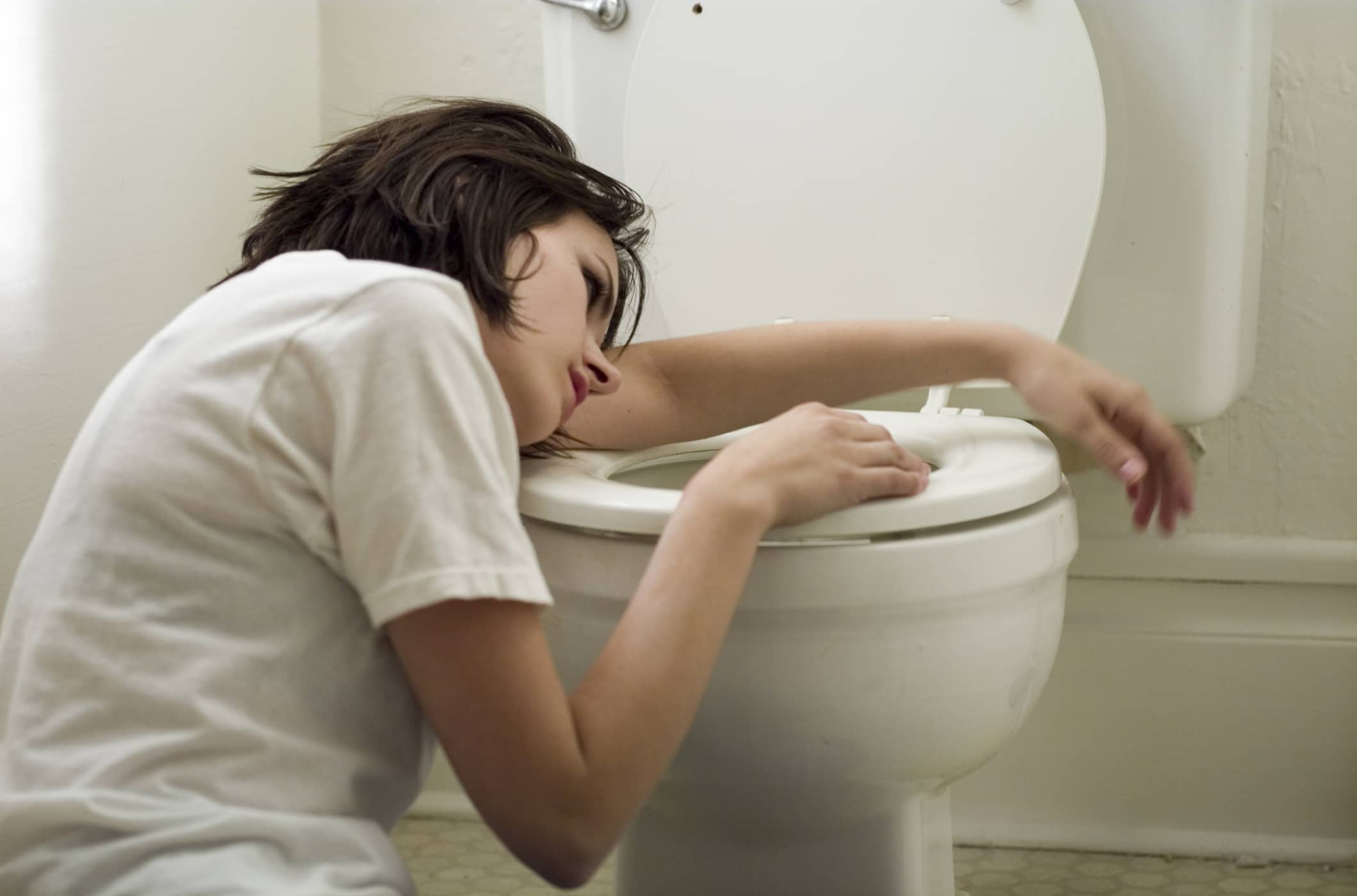Contents:
- Medical Video: HCA Neighborhood Healthwatch - Dry and Secondary Drowning
- What is thatdry drowning?
- Symptoms and signs of a person experiencing dry drowning
- What to do if someone experiences dry drowning?
- How to prevent itdry drowning?
Medical Video: HCA Neighborhood Healthwatch - Dry and Secondary Drowning
Sinking is something that is usually experienced by anyone who is just learning to swim. However, difficulty breathing due to water entering the respiratory tract can also occur even if a person does not sink. This is known as dry drowning. This disorder can occur by anyone, especially children, without the need to swim. Dry drowning can occur in children even though they are only bathing or playing water.
What is thatdry drowning?
Dry drowning is a respiratory disorder caused by the entry of water into the airways through the mouth or nose. Although the water that enters the airways is only small, this can cause spasms in the respiratory tract and cause the airway muscles to close, causing difficulty breathing.
The entry of water into the airways can also cause other disorders associated with dry drowning as secondary drowning. On secondary drowningwater has entered the lungs. This causes inflammation and swelling or pulmonary edema, so that the exchange of oxygen and carbon dioxide in the lungs becomes blocked or even stops altogether.
Term dry drowning and secondary drowning often considered the same, but both are different conditions. Neither is it a medical term, experts only consider the difference between them only as a difference in severity due to drowning or how far the water enters the respiratory tract. On dry drowning, water has not entered the lungs. But at secondary drowning,water has reached the lungs.
Complications due to drowning are a rare thing, a drowning person does not always experience dry drowning orsecondary drowning. However, breathing difficulties caused by both are dangerous conditions with the worst possibility of death.
Symptoms and signs of a person experiencing dry drowning
Although more likely to be found in children, every person who almost drowns and causes symptoms of breathing difficulties should get medical treatment. Here are some cautionary signs when someone drowns:
- Breathing really fast
- Coughing that causes difficulty breathing
- Vomiting - either from inflammation, lack of oxygen or too much coughing
- Difficulty remembering and unable to remember what just happened
- Changes in behavior and irritability occur
- Pain in the chest
- Drowsiness or fatigue
The symptoms above can immediately appear when someone experiences dry drowning with relatively light intensity. But if someone experiences secondary drowning then the symptoms can appear within hours later. Ifdry drowning can generally improve in the near future, secondary drowning can cause serious effects but can still be overcome if you get medical attention immediately.
What to do if someone experiences dry drowning?
Perform monitoring on someone who is experiencing drowning to be aware of the occurrence secondary drowning and symptoms dry drowning which doesn't improve. This can be a sign if someone is experiencing lack of oxygen. Especially if there are complaints such as excessive fatigue or excessive drowsiness even after resting.
Emergency management is needed when symptoms of drowning do not improve or worsen. The doctor will need to check whether there is a blocked airway due to drowning. Patients may need supportive treatment adjusted for oxygen levels. If there is difficulty breathing accompanied by a lack of oxygen, you must use a breathing apparatus, but this is very rare. Most handling dry drowning aims to help blood flow in the lungs and oxygen circulation back to normal.
How to prevent itdry drowning?
Primary prevention of dry drowning is behaving safely near the surface of the water and minimizing water to enter the airway. For parents and caregivers, here are some things you can do to prevent children from drowning:
- Teach children to swim early
- Always keep an eye on children while they are near the surface of the water
- Don't let children swim or play water alone
- Make sure the swimming area is safe and accompanied by guards or lifeguard
- Teach safe behavior when swimming like always using a float, forbid to dive and drink water from a swimming pool.












